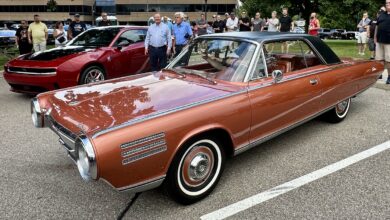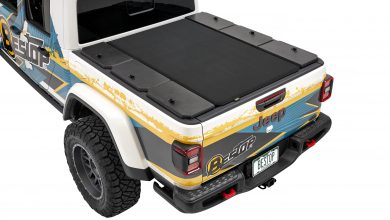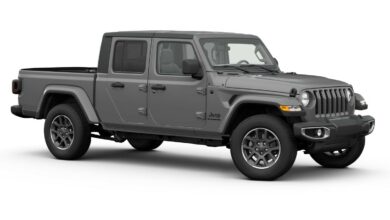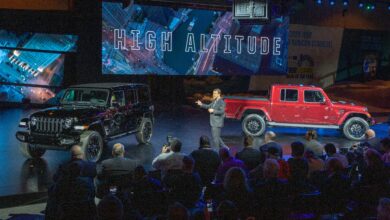Happy 75th Birthday, To The Jeep® CJ!
The First Civilian Jeep Rolled Off The Line, 75 Years Ago Today...
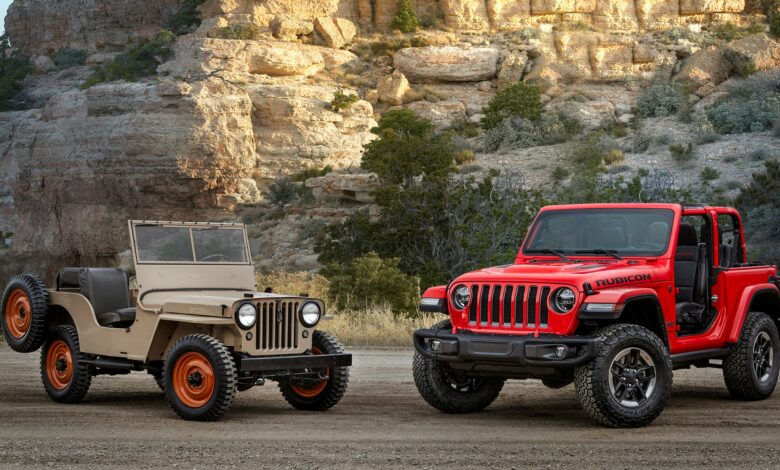
75 years ago today, on July 17th, 1945, the first Jeep® civilian vehicle, the CJ-2A, was born. The model was also the first to feature a front grille with seven slits, a trademark of the brand’s vehicles to this day. The CJ-2A did not have such a long life: its production lasted four years and ended in 1949. However, its historical importance is enormous and it ended up giving rise to the CJ family (short for a civilian jeep – civil jeep) that continued until the decade 1980 and whose tradition lives on today in the Wrangler and Gladiator.
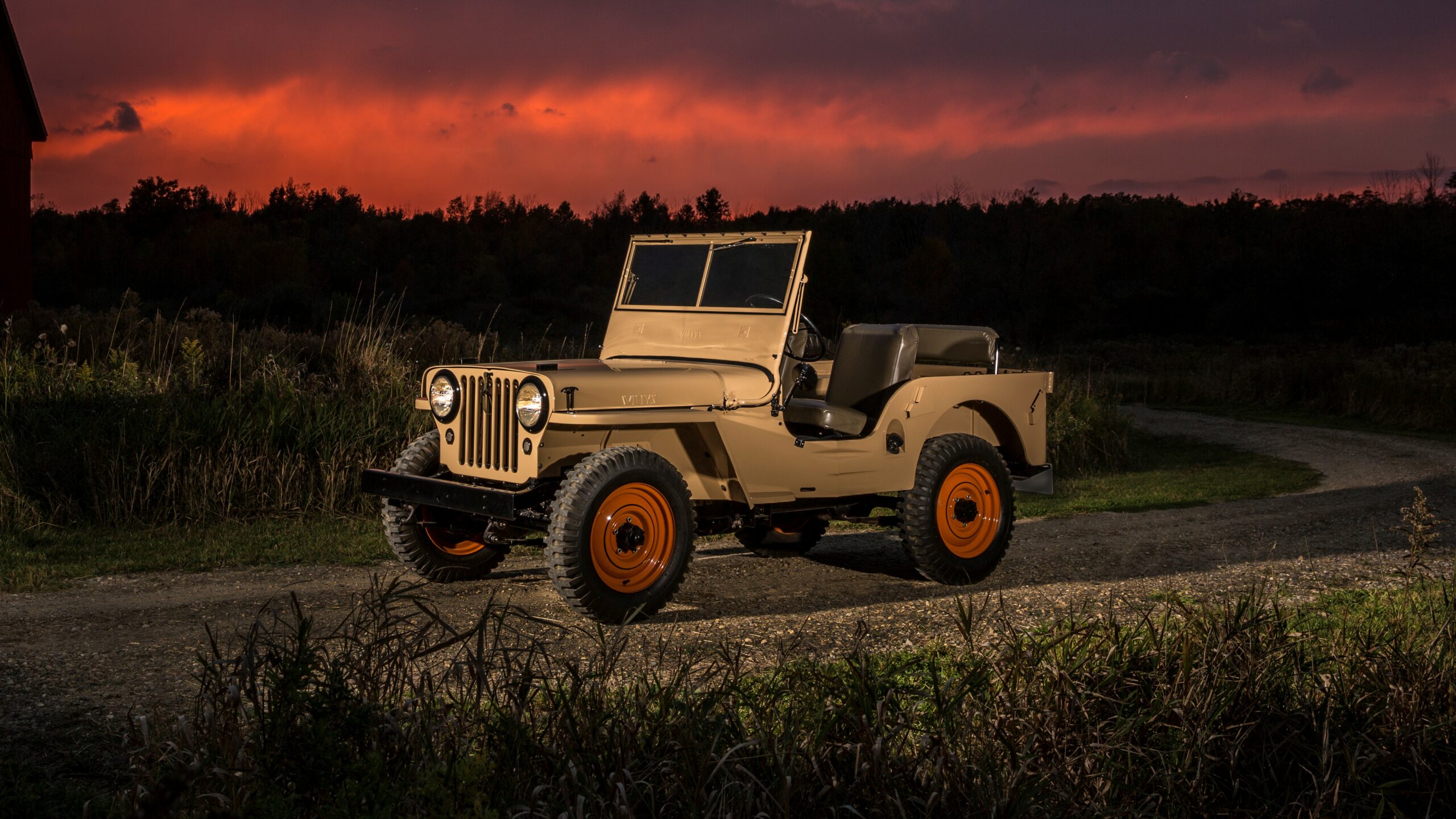
With 215,000 units manufactured, the CJ-2A looked a lot like the pioneer Jeep, the Willys MB. However, certain characteristics distinguished it: the rear door which, in turn, threw the spare tire to the side, the larger headlights, and the grille with seven slots, two less than in the MB. It also had an external fuel cap, in addition to other items not included in the military predecessor. The T-90 transmission replaced the MB’s T-84, but the “Go-Devil” engine was maintained. Various features of the CJ-2A, such as the propulsion system, the Spicer 18 transfer box, and floating axles (Dana 25 at the front and Dana 23-2 at the rear) were found in several Jeep vehicles in the following years.
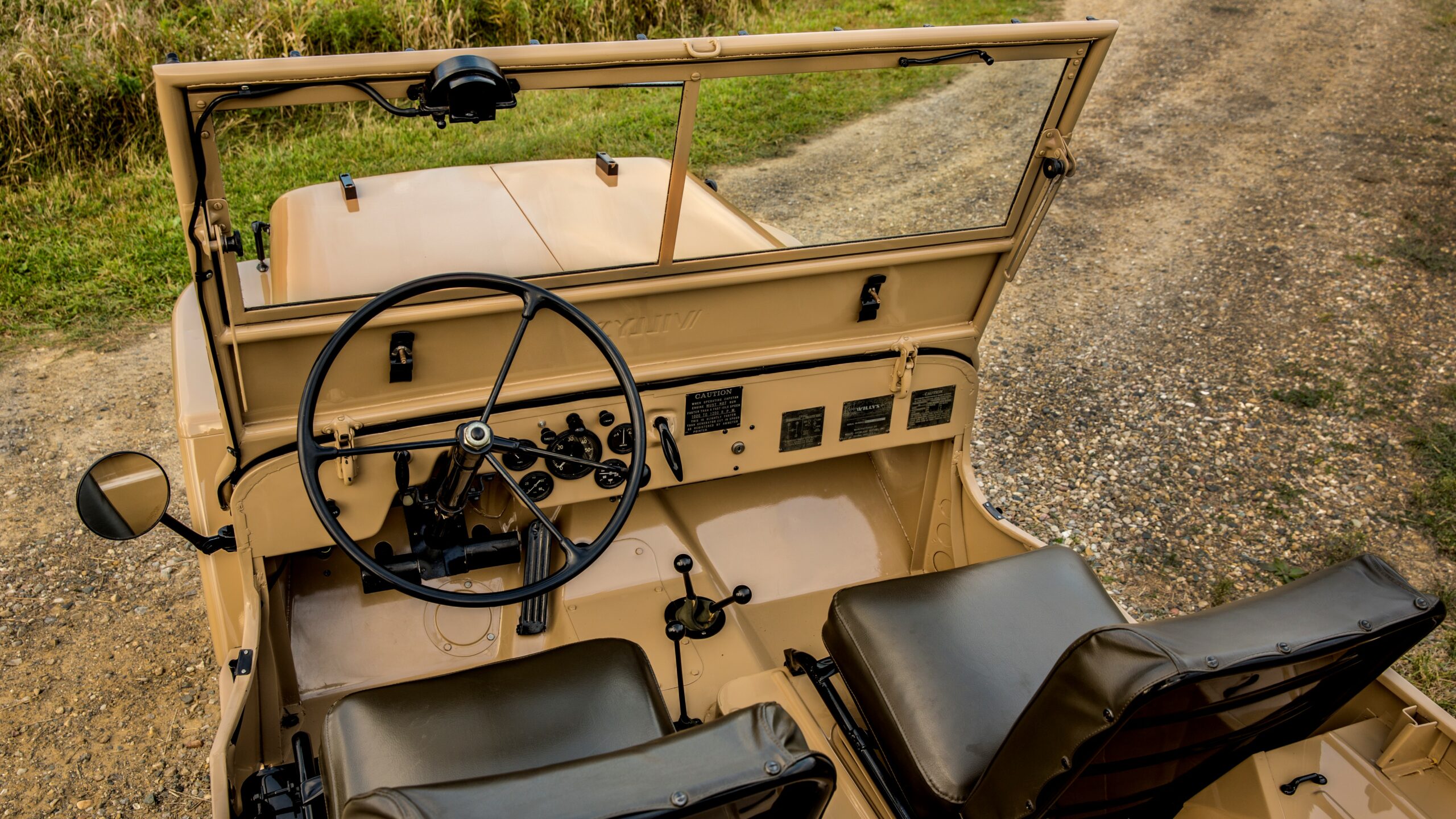
Willy’s ads at the time touted the model as a work vehicle for farmers and construction workers. The CJ-2A could be equipped with extra seats (front and rear passenger), power take-offs for agricultural implements, winches, snow throwers, and other tools. Other options were a central rear-view mirror, canvas hood, winch, rear hydraulic lift, lawnmower, dual vacuum windshield wipers, dual taillights, heater, side steps, and radiator brush guard.

The CJ-2A has yet another highlight in its curriculum. It gave rise to the extensive CJ family, compact body off-road vehicles, built and sold by successive generations of Jeep for more than 40 years (from 1945 to 1986). In 1949 the second member of the lineage, the CJ-3A, was introduced, which now has one-piece windshields and a stronger rear axle, maintaining the original four-cylinder engine with L-head.
The model was updated in 1953, becoming the CJ-3B. A year later, it began to be assembled in São Bernardo do Campo (SP) by Willys-Overland do Brasil. It had a higher front grille and hood than its military predecessor to accommodate the new Hurricane four-cylinder engine. The CJ-3B remained in production until 1968 and a total of 155,494 units were manufactured in the United States.
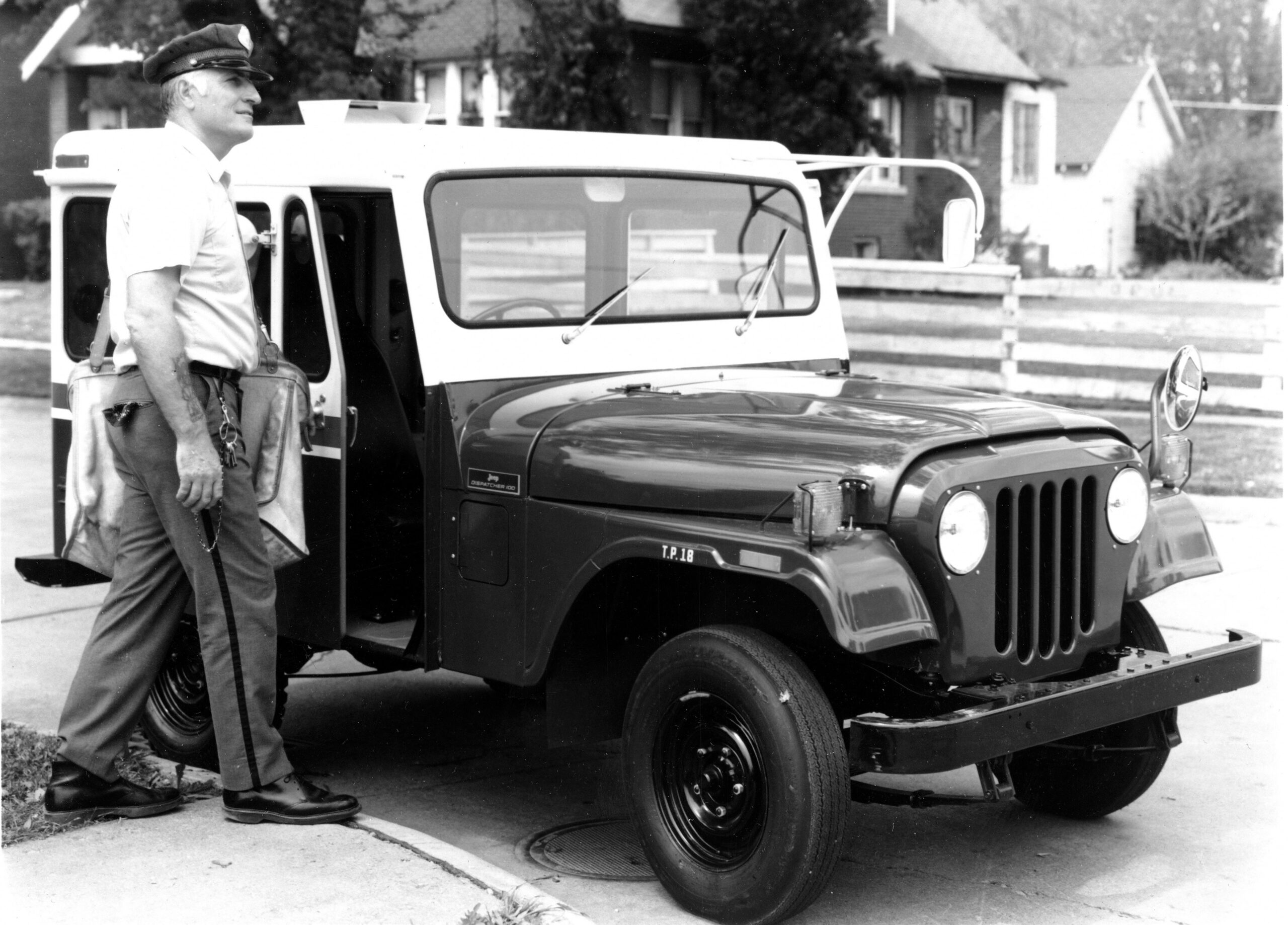
In 1953, Willys-Overland was sold to Henry J. Kaiser for $60 million. The Kaiser Company started an extensive research and development program that would expand the Jeep product range. Two years later, the company introduced the CJ-5, based on the 1951 M-38A1, used in the Korean War. In relation to the CJ-3B, it had a longer wheelbase and total length. In addition, improvements to the engine, axles, transmissions, and comfort have made the CJ-5 an ideal vehicle for the public’s growing interest in off-road vehicles. The styling lines were smoother, including rounded body contours.
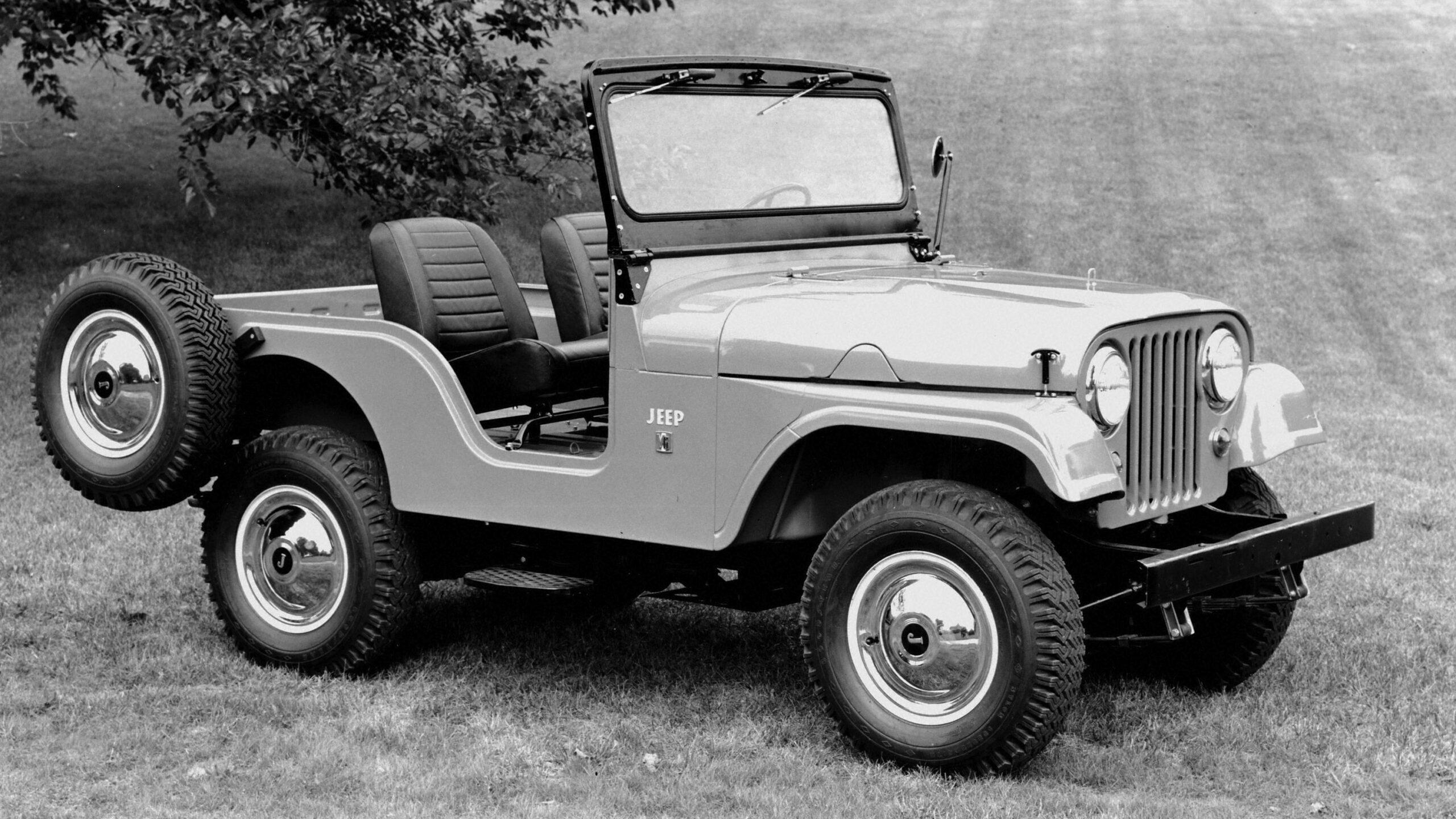
More than 600,000 units were counted until the end of production in 1983, one of the biggest successes of the Jeep brand. In Brazil, the CJ-5 was manufactured from 1957 to 1982. There was also the CJ-6, with elongated axles introduced in 1956 and produced until 1975. Almost identical to the CJ-5, it could have four doors and among Brazilians, he earned the nickname “Bernardão”, in reference to the city of São Paulo where it was manufactured.

In Kaiser’s 16 years of ownership, factories have been established in 30 countries and Jeep vehicles have been marketed in more than 150 nations. In 1965, the new V6 Dauntless engine was introduced as an option for both the CJ-5 and CJ-6. With 155 horsepower, it nearly doubled the power of the standard four-cylinder propeller. It was the first time that a Jeep CJ could be equipped with a V6.
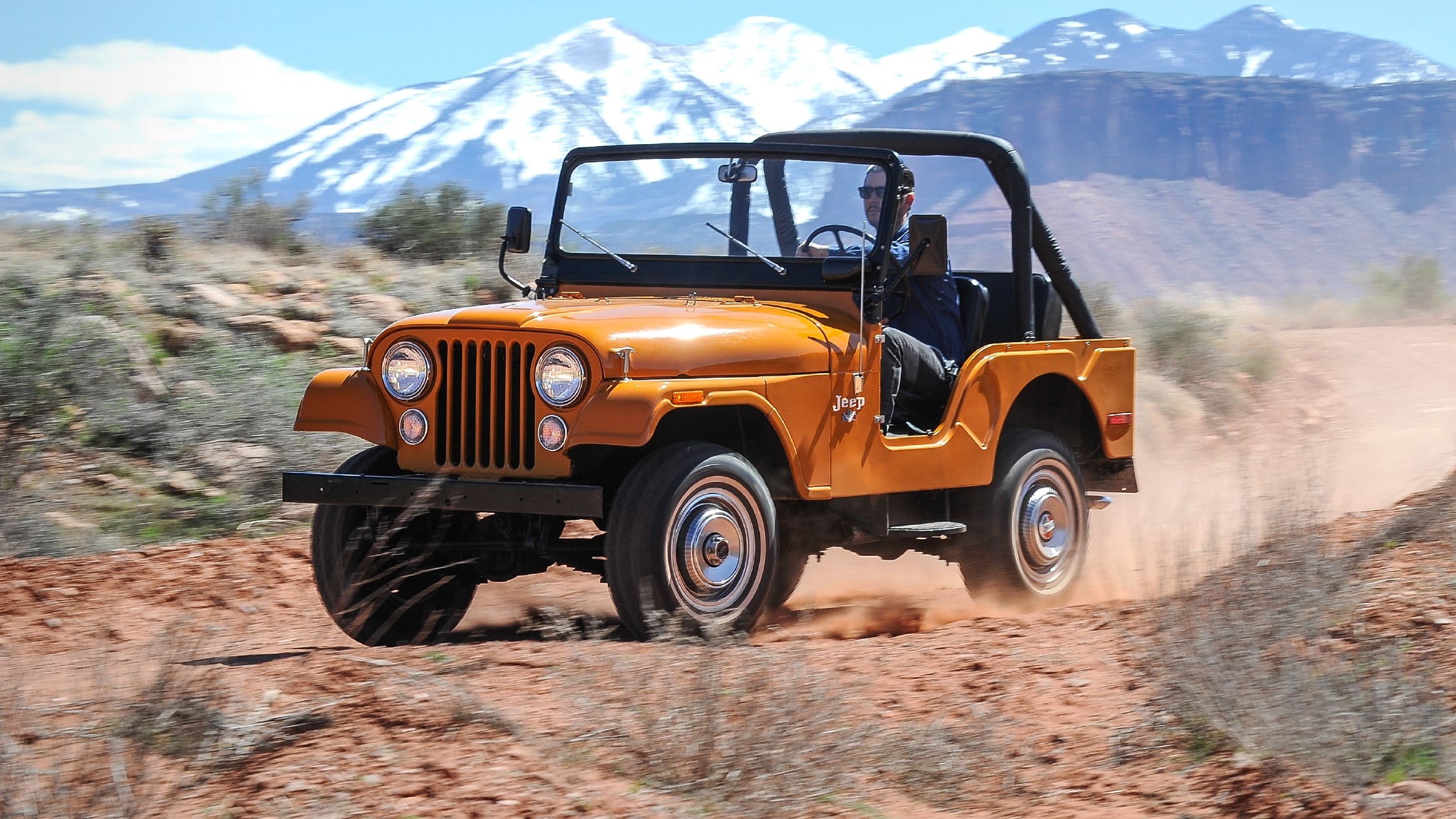
In 1970, Kaiser Jeep was acquired by American Motors Corporation (AMC). 4×4 vehicles were more popular than ever. In 1978, the total production of Jeep vehicles would reach 600 vehicles per day – more than three times the production at the beginning of the decade. As of 1973, all CJs had a 5.0-liter or 5.9-liter AMC V8 engine. The CJ-5 and CJ-6 also received more robust axles, larger brakes, and a wider gauge.
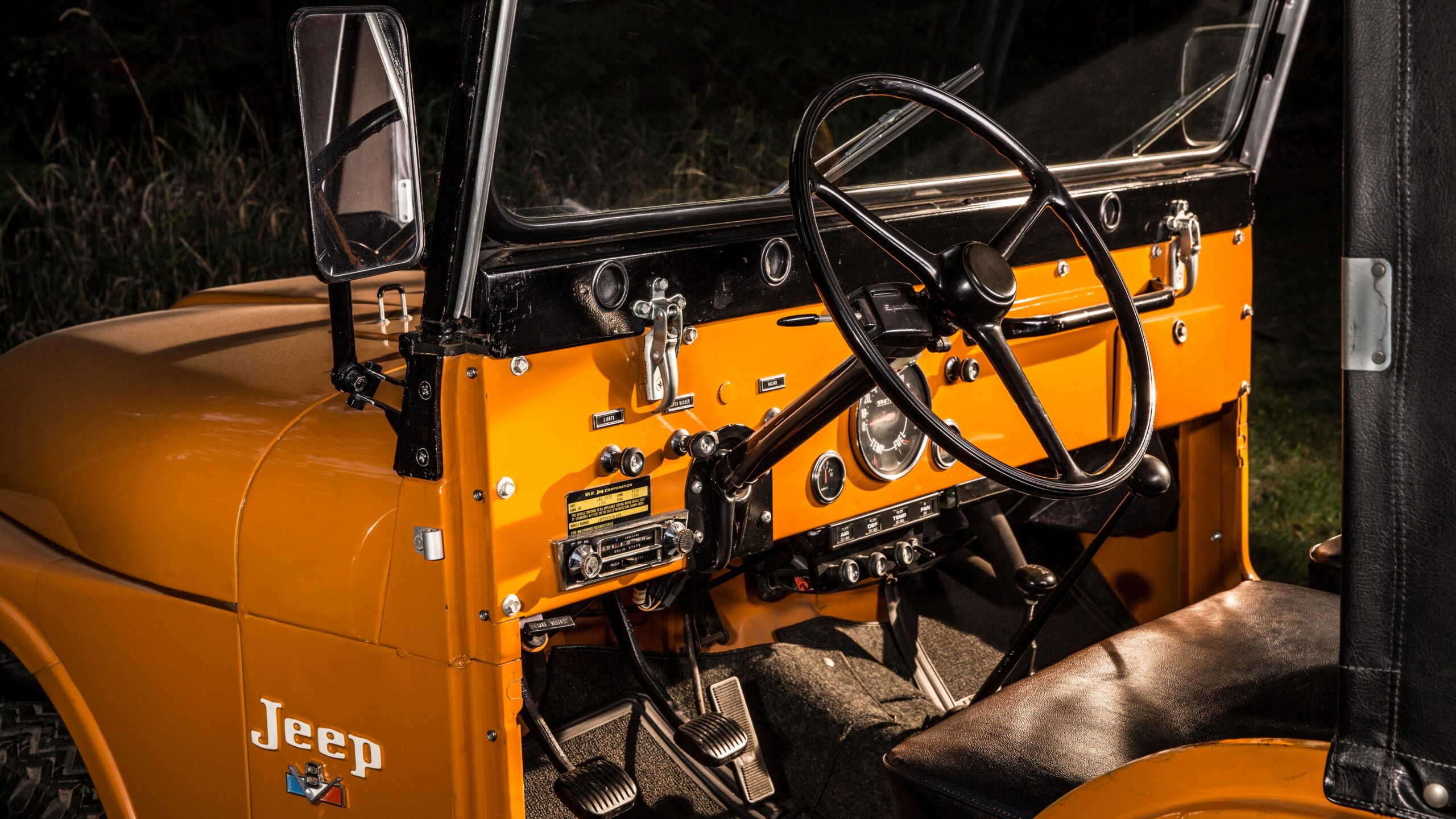
The first major change in Jeep design in 20 years came in 1976, with the CJ-7. The wheelbase was longer than the CJ-5 to allow space for an automatic transmission. For the first time, the CJ-7 offered molded plastic roofs and steel doors as options. The CJ-7 with a 93.5-inch wheelbase and the 83.5-inch wheelbase CJ-5 was produced until 1983 when demand for the larger model left AMC with no choice but to discontinue the CJ-5 after 30 years of production.
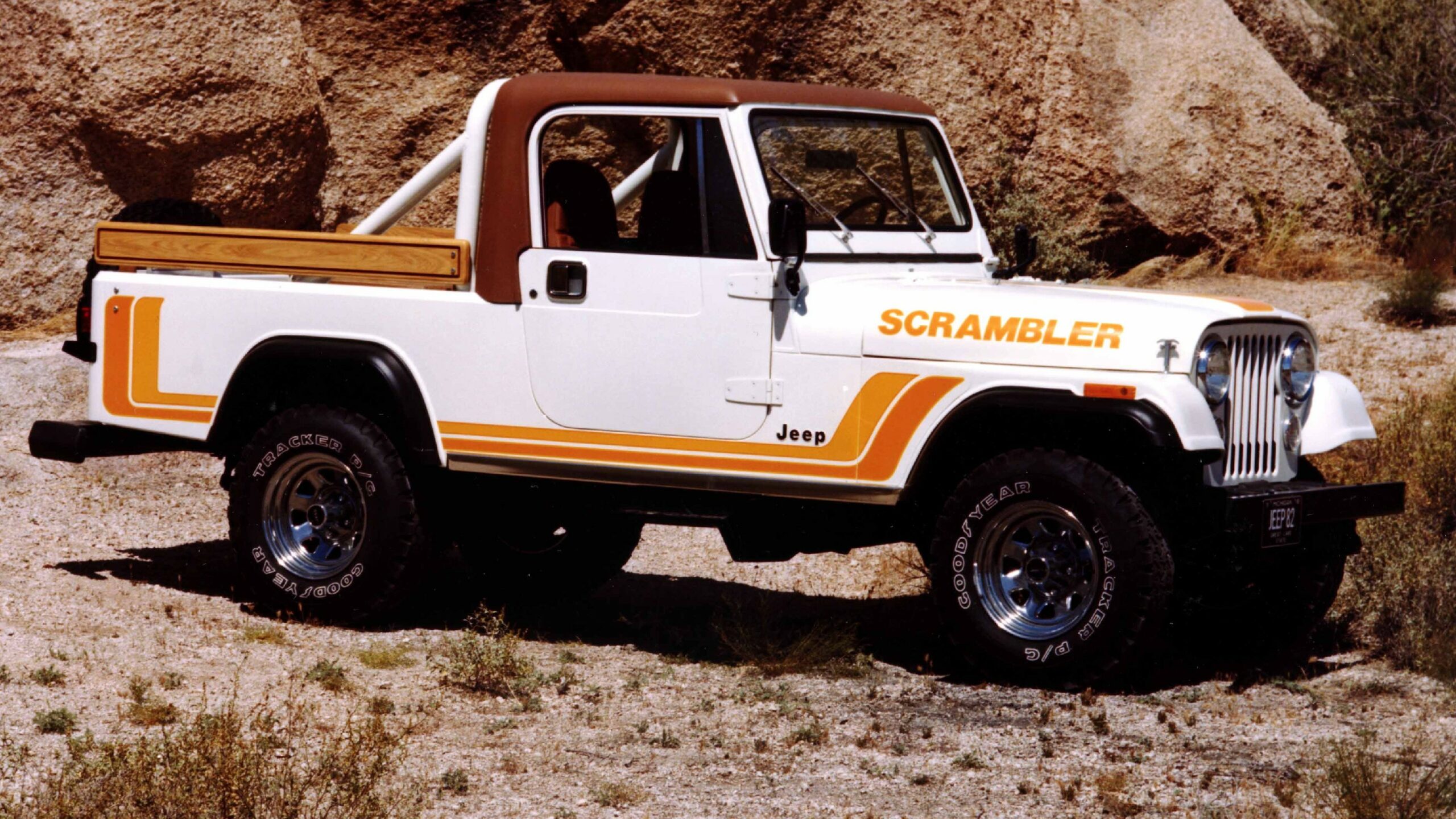
The Scrambler, introduced in 1981, was similar to the CJ-7, but with a longer wheelbase. Known internationally as CJ-8, it was available in versions with removable roof or roof. Less than 30,000 Scramblers were manufactured until 1985, making them extremely popular with collectors.
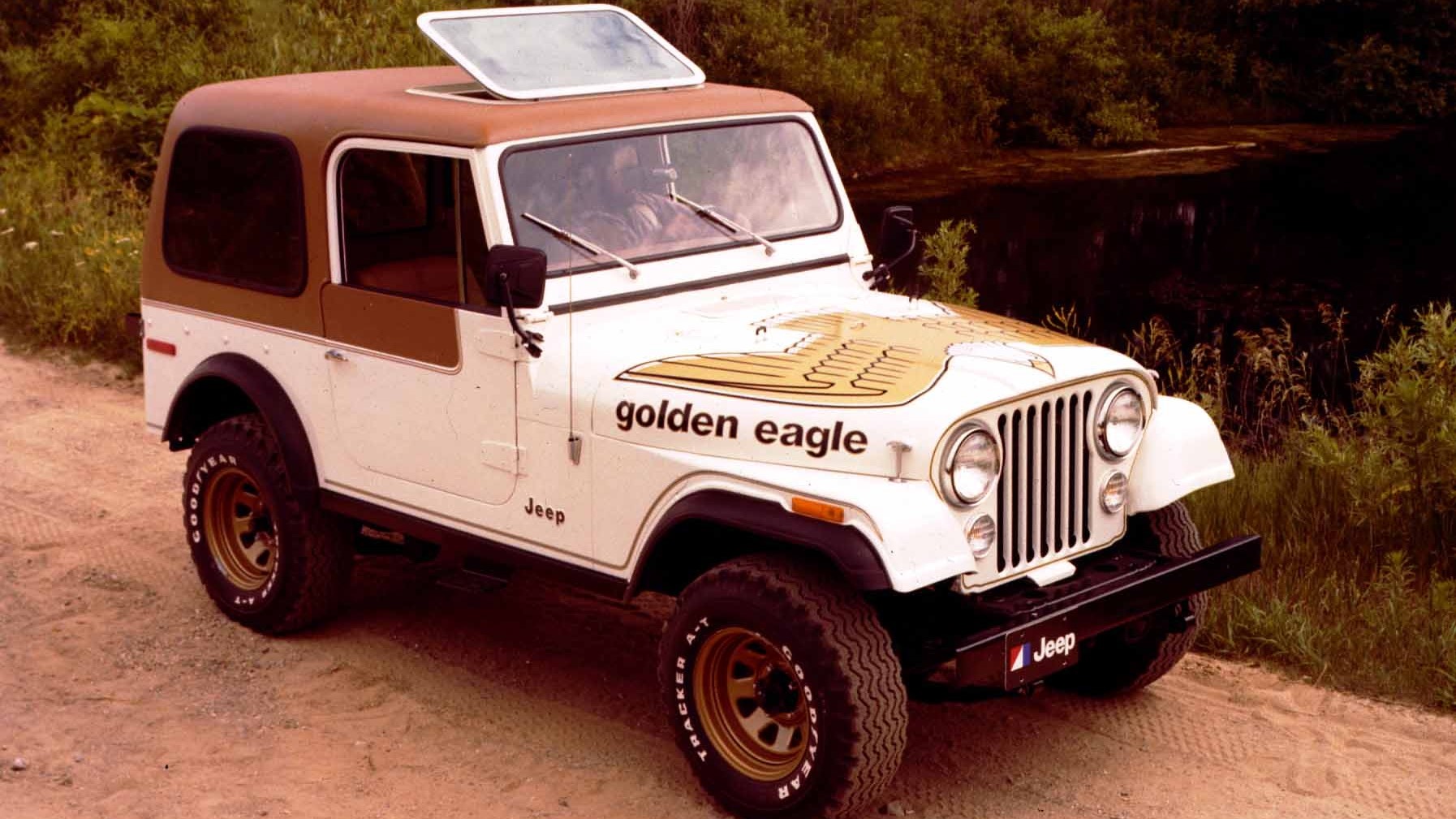
The Jeep CJ-7 was replaced in 1986 by the Jeep Wrangler, which brought more technology preserving the traditional style, to follow the same trail. The model continues to evolve in the market today, being in the fourth generation. It is also worth remembering that the CJ-8 has in the new Gladiator pickup a dignified heiress since 2018. In total, more than 1.5 million CJ vehicles have been produced, maintaining not only the basic body style for 40 years since it first appeared but also the off-road capability and the spirit of freedom.
Source: Jeep

